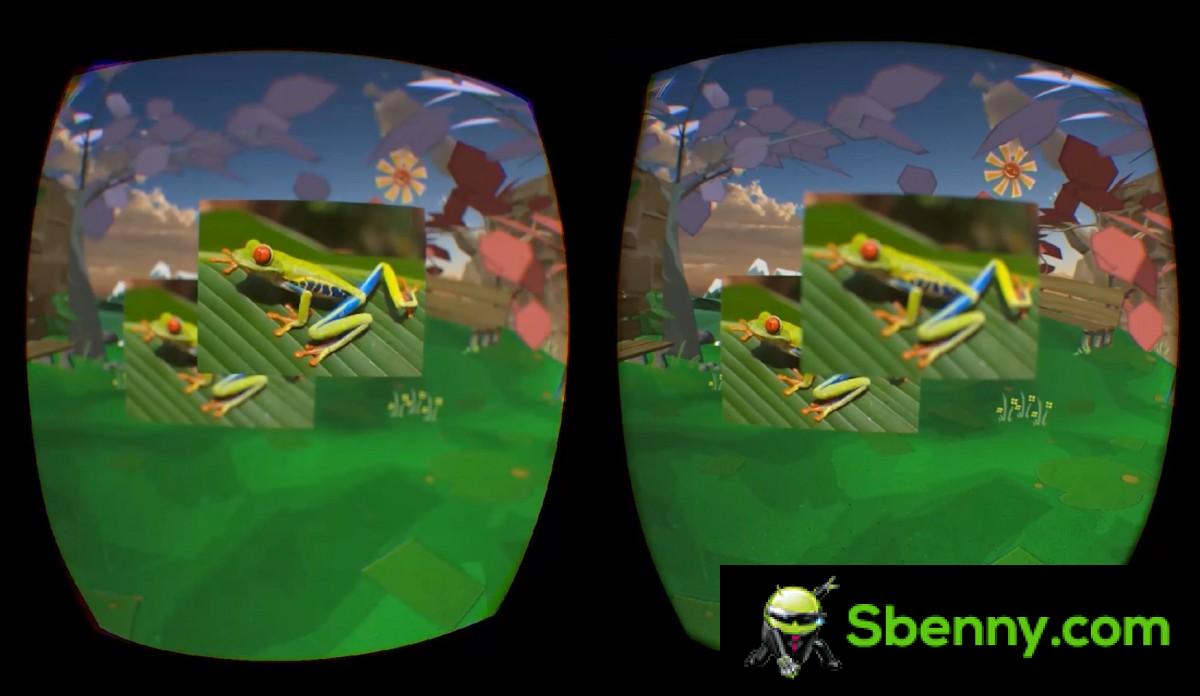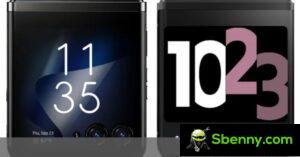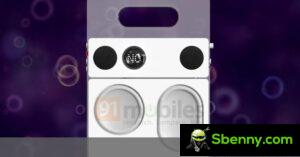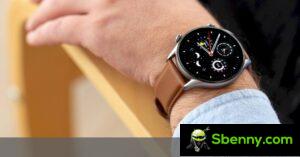Meta continues to develop the hardware foundations of the Metaverse and today CEO Mark Zuckerberg showed several prototypes. Most of them are designed to test a particular feature that the team considers essential to make virtual reality realistic.
The first prototype is dubbed “Butterscotch” and its goal is to increase the number of pixels to achieve what the team calls “retinal resolution”. That is about 60 pixels per degree. The prototype achieved 55px / deg, using 2.5 times more pixels than the Quest 2 covering only half of the field of view. Either way, the goal is for the display to be sharp enough for users with 20/20 vision to read the smallest letters on an eye test chart.

Half Dome tries to solve another problem: our eyes change focus as we shift our gaze from near to far objects and vice versa. This prototype uses eye tracking and varifocal optics to give virtual scenes a natural feeling of depth.

Then there’s Starbursts, which may be the first VR headset to support HDR. It’s just a prototype, of course, but as Zuckerberg explains, real-life scenes are often brighter than high-end TVs and displays can produce. Starburst can reach 20,000 nits of brightness, although consumer devices could make do with the more comfortable 10,000 nits (which is still 10 times brighter than most smartphones).

The latest prototype shown is Holocake 2, a working VR headset that can already handle PC VR games. It’s the thinnest and lightest VR headset built by Meta so far, but the dream is to use a holographic lens, which reduces the thickness even more.


Here are the four prototypes shown by Zuckerberg himself:
Meta is working on two lines of headphones: one will be affordable and aimed at consumers, the other will be for professionals and will feature cutting-edge technology. The above prototypes will take several years to be ready for the market.
The Cambria project is expected to ship later this year and will offer a color passthrough for a better augmented reality experience (the Quest only has black and white cameras). The Cambria headset is said to cost around double what the Quest 2 sells for.







Start a new Thread